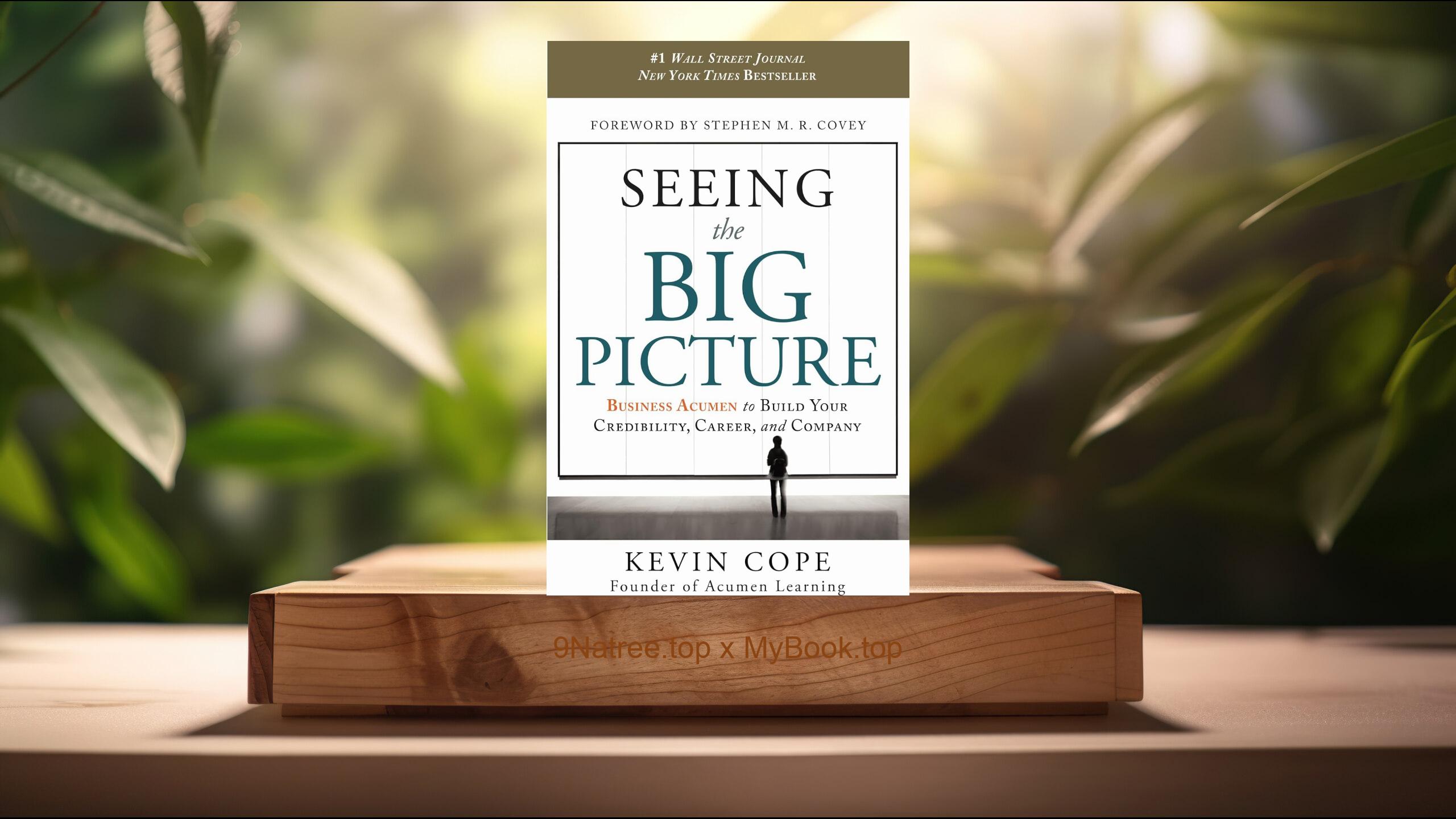Show Notes
- Amazon USA Store: https://www.amazon.com/dp/B07WZ6FP7J?tag=9natree-20
- Amazon Worldwide Store: https://global.buys.trade/A-Cat%27s-Tale%3A-A-Journey-Through-Feline-History-Baba-the-Cat.html
- Apple Books: https://books.apple.com/us/audiobook/destiny-of-the-republic-a-tale-of/id1418893260?itsct=books_box_link&itscg=30200&ls=1&at=1001l3bAw&ct=9natree
- eBay: https://www.ebay.com/sch/i.html?_nkw=A+Cat+s+Tale+A+Journey+Through+Feline+History+Baba+the+Cat+&mkcid=1&mkrid=711-53200-19255-0&siteid=0&campid=5339060787&customid=9natree&toolid=10001&mkevt=1
- Read more: https://mybook.top/read/B07WZ6FP7J/
#felinehistory #catdomestication #shipcats #witchcraftandfolklore #workingcats #catculture #animalhistory #BabatheCat #ACatsTale
These are takeaways from this book.
Firstly, Sacred beginnings and the first human feline pact, The story opens in the ancient world, where early agriculture drew wildcats to human granaries and a quiet truce began. In Egypt, this practical alliance blossomed into reverence. Cats guarded stores from rodents and snakes, while people offered shelter and, eventually, honor. Temples, tombs, and household shrines reflected a culture that saw in cats both protection and grace. Deities such as Bastet embodied joy, music, and domestic guardianship, and cat mummification revealed the depth of devotion as well as the reach of a thriving cult economy. Yet the narrative ranges beyond Egypt, noting evidence from the Near East and the Mediterranean that shows domestication as a mosaic rather than a single origin tale. Through Baba's lens, readers see how affection, utility, and symbolism converged to secure cats a place close to human hearths. With trade and travel, these sacred mousers spread, carrying with them a reputation that would wax and wane but never vanish, setting the foundation for every chapter that follows.
Secondly, Shipmates of fortune and the age of sails and trade, As commerce stitched the world together, cats became unofficial crew on merchantmen, naval vessels, and exploration ships. Their first duty was practical control vermin to protect provisions, cargo, and sailors from disease. But the book shows how practice ripened into lore. Mariner diaries, port customs, and superstition framed cats as harbingers of weather, luck, and safe returns. A calm cat meant steady seas; a restless cat, a storm brewing. In crowded holds and cramped cabins, cats also offered companionship, becoming mascots whose portraits sometimes graced logs and letters. By following these ship cats, Baba maps feline migration routes, explaining how ports introduced cats to new climates and cultures and, in turn, how local legends absorbed them. The narrative links maritime life to the spread of distinctive coat patterns and to the birth of coastal communities of working cats. Readers come away with a salty sense of adventure and a concrete understanding of how global trade quietly amplified the presence and image of cats on nearly every shore.
Thirdly, Shadows, superstition, and the age of suspicion, The middle chapters confront a darker turn. In parts of medieval and early modern Europe, cats, especially those with dark coats, drifted into the crosshairs of superstition. Folklore stitched them to witchcraft, nocturnal rites, and omens, a linkage that fluctuated across regions and eras. The book unpacks how fear, disease, and moral panic can recast a familiar animal as villain, showing how scapegoating sometimes worsened public health by undermining rodent control. Yet the portrait is nuanced. Not all communities shunned cats; many retained them for practical reasons even as whispers persisted. Court records, sermons, and popular prints reveal the mechanics of rumor, while household records attest to ongoing reliance on a skilled mouser. Through Baba's calm narration, readers see resilience alongside risk, and the slow, uneven retreat of suspicion as urban realities reasserted the cat's usefulness. This section becomes a case study in how cultural narratives shape animal welfare and how empathy, once strained, can be relearned through daily necessity and quiet companionship.
Fourthly, Working cats in cities, shops, and wars of industry, With industrialization and the swelling of cities, cats found a renewed and formalized niche as workers. Bakeries, breweries, bookshops, and post offices kept resident mousers; some firms even issued stipends in milk or fish. Baba strolls through ledgers, newspaper clippings, and charming photographs to show how these employees boosted morale while safeguarding stock. The narrative highlights railway stations with stationmaster cats, barracks with regimental mascots, and hospitals where a purring presence softened hard edges. In wartime, ship and trench cats provided pest control and sorely needed comfort, their stories carried home in letters and postcards. Parallel to labor came leisure. The rise of cat shows, breed clubs, and early welfare organizations reframed feline value in terms of conformation, care, and advocacy. This chapter ties economic change to animal roles, showing how urban life sharpened our appreciation for both the skills and the soothing companionship of cats, and how policy, public campaigns, and community pride began to defend their well being more systematically.
Lastly, From parlor to platform the modern cat and cultural fame, The final arc tracks the cat from domestic celebrity to global icon. Nineteenth century parlor culture and sentimental art elevated cats as emblems of home, while the cat fancy standardized breeds and aesthetics. Twentieth century media added new stages books, films, and advertising that leaned on feline wit and elegance. The digital era magnified all of this. Memes, short videos, and social platforms turned individual cats into household names, and shelter adoption campaigns harnessed that visibility for good. Baba reflects on how images travel and how humor becomes a gateway to empathy, funding drives, and better everyday care. Yet the tone stays grounded. The book links viral charm to a long lineage of storytelling in which cats mirror human hopes, anxieties, and joys. By weaving art history, photography, and oral histories with the narrator's wry asides, this section explains why the modern cat is more than entertainment it is a cultural connector that invites kinder habits and community.
![[Review] A Cat's Tale: A Journey Through Feline History (Baba the Cat) Summarized](https://episodes.castos.com/660078c6833215-59505987/images/2209034/c1a-085k3-5zd0gwwpaz8k-rwfjl6.jpg)




